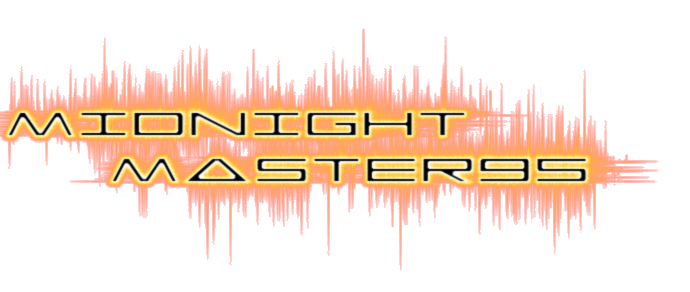Why I Wouldn't Recommend Using a CRT Monitor in 2024 for Most Users: Reflections from My 4-Month Experience
For those unfamiliar with the Mitsubishi Diamond Pro 2070sb, it is considered one of the best 4:3 CRT monitors available, with only a few widescreen CRTs surpassing it in desirability and price. However, with prices reaching thousands of dollars for models like the Sony GDM FW900, I was hesitant to invest that into an over 20-year-old CRT monitor.
One of the main drawbacks of the Mitsubishi Diamond Pro 2070sb is its resolution, format (4:3), and screen size (22" total, 20" viewable). While the monitor can achieve 2048x1536 @ 86hz, the lack of sharpness makes reading text difficult. Ultimately, I settled on running the monitor at 1600x1200 @ 85hz with 125% scaling in Windows settings, resulting in a total usable resolution of 1280x960.
In terms of image sharpness, even a decade-old decent flat-screen display surpasses the Mitsubishi Diamond Pro 2070sb. Additionally, the contrast performance of the EIZO FlexScan EV2785-BK flat-screen monitor I currently use far exceeds that of the CRT monitor.
While the Mitsubishi Diamond Pro 2070sb has advantages such as no backlight bleeding, consistent viewing angles, low input lag, and variable resolution - in my opinion - these benefits do not outweigh the drawbacks for everyday use unless one is a professional gamer or video editor. The monitor excels in dark environments but struggles in well-lit spaces.
Overall, I would not recommend a CRT monitor to the majority of users. They are best suited for specific applications, such as pro gaming, where the benefits of CRT technology can be fully utilized. For general office use, flat-screen displays offer more advantages and fewer drawbacks.
Conclusion
In conclusion, my experience with the Mitsubishi Diamond Pro 2070sb highlighted the limitations of CRT technology in a modern computing environment. While I had hoped for improvements in eye strain and headaches, switching to a CRT monitor made no discernible difference in my overall comfort.
Editor's note: To operate a monitor like the Mitsubishi Diamond Pro 2070sb with a modern computer, a converter like the Delock 87685 is required. Additionally, a graphics card with Display Port and a supported refresh rate higher than 60hz (you want at least 85hz) is necessary for optimal performance. A cost-effective choice for a graphics card would be the Nvidia GeForce GT 1030.
Credits
Ben Schumin from Montgomery Village, Maryland, USA, CC BY-SA 2.0, via Wikimedia Commons
DjordjeStojiljkovic, CC BY-SA 4.0, via Wikimedia Commons
Ms angie gray, CC BY-SA 4.0, via Wikimedia Commons
